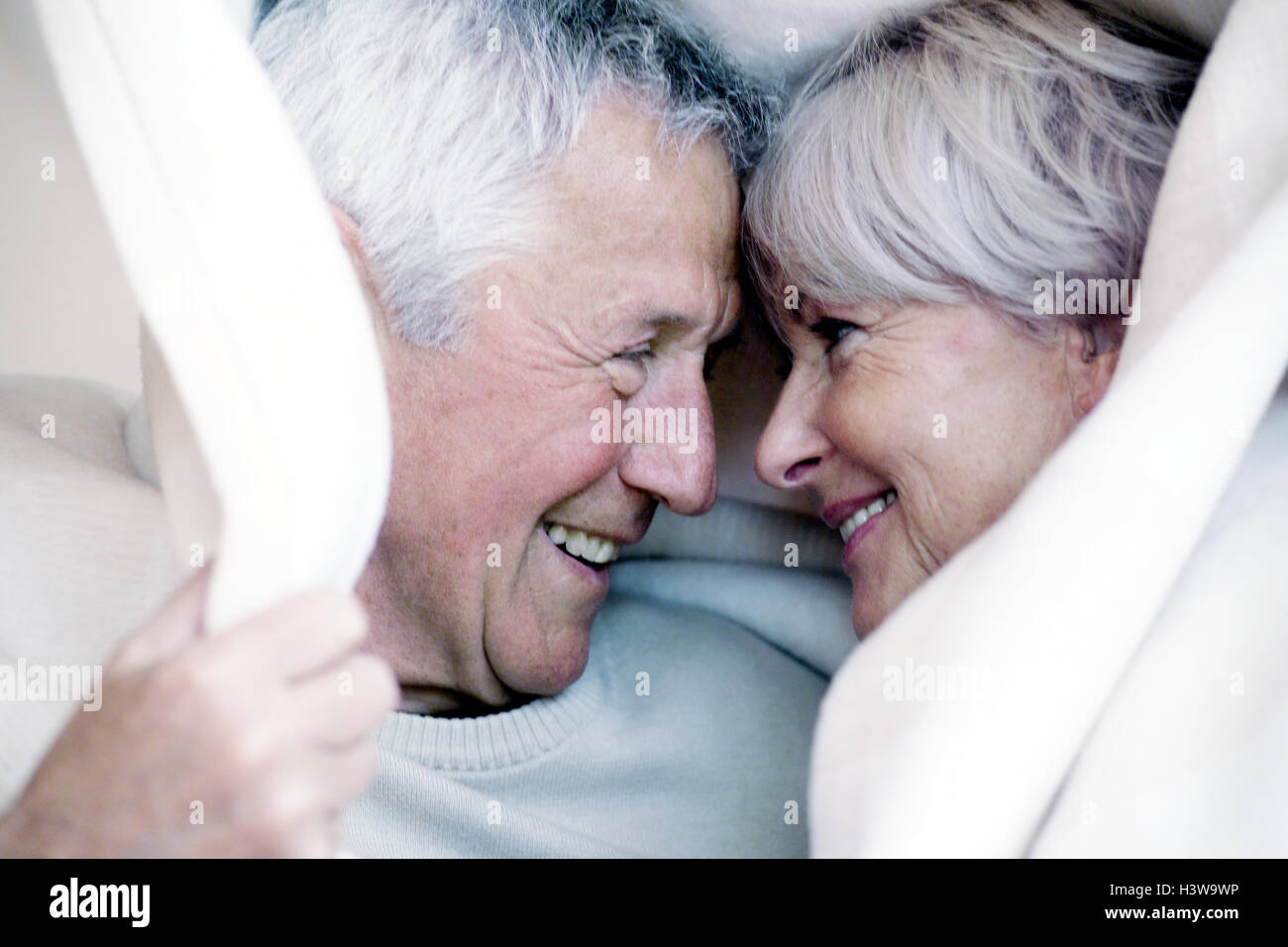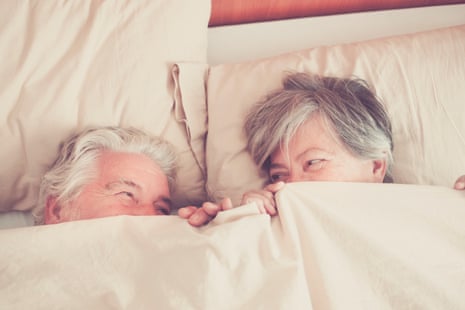For pretty much a year now, unmarried men and women wanting love have had to browse a â indeed, i will say it â
unprecedented
matchmaking landscaping. With methods of fulfilling new-people whittled straight down basically to programs, it’s difficult to picture what surviving a pandemic without this technology will be like.
We all know, however, that folks
have
endured pandemics without modern tools, a lot of in fact. The most recent pandemic that is much like the COVID pandemic could be the 1918 Spanish influenza, and I also attempted to get a hold of just what online dating before and and after that pandemic was actually like.
Here is the scrub: No one knows precisely. Or at least, nothing of the numerous historians we sought after could point me to any overarching trends.
We fortunately do have glimpses â magazine clippings, stories â of exactly what internet dating and really love ended up being like in the past. In a number of techniques, it had been as being similar to it is now: People were offered some policies and smashed all of them, or at least circumvented them.
Laura Spinney, reporter and author of
Soft Rider: The Spanish Flu of 1918 and exactly how It Changed the entire world
(Opens in a brand new loss)
, provided the instance
to NPR
(Opens in a brand new loss)
men and women risking the flu to attend Charlie Chaplin’s latest movie. Problem?
Regarding courting, marriage classifieds supported due to the fact matchmaking programs of their own time. In a 1919 clip from paper archives on the genealogy platform
MyHeritage
(Opens in an innovative new tab)
, depressed maidens and widows looked for a suitable match amidst the pandemic:
Personal ads from a March 1919 dilemma of the Buffalo Courier-Express.
Credit: myheritage
Nitay Elboym, senior specialist at MyHeritage, informed Mashable that classified ads like these existed before the flu virus, though, and definitely after.
Why, unlike because of so many different significant historical occasions, could there be not much information about some people’s post-1918 romantic life?
We are however ‘clutching at straws’ for responses
I asked historians from colleges throughout the U.S. and scoured websites for other 1918 professionals to discuss mid- and post-influenza romance, but I obtained the same feedback over and over: fantastic concern, but i cannot make it easier to.
Spinney could provide me some insight why.
Whenever trying to glean some people’s thoughts and thought designs, historians require emails, diaries â primary resources that detail their inner claims. There are lots of first-hand reports through the time that describe everything I’m seeking (reports of love and courting) but per Spinney, they truly are rare and patchy.
“individuals schedules happened to be, oftentimes, about survival,” Spinney stated in an interview with Mashable. Due to the fact flu virus ravaged communities around the world, very did industry War I. Citizens weren’t just concentrated on relationship.
Also, individuals don’t mention their thoughts the direction they would these days. We all know there was clearly prevalent traumatization, Spinney said, but it is hard to get data with this trend of despair â or melancholia, as they known it in those days â because people failed to appear onward. Absolutely some data about asylum admissions but historians state it is “the tip regarding the iceberg,” Spinney mentioned. Folks only wouldn’t have spoken to health practitioners about depression.
The twin injury from the battle therefore the pandemic in addition causes it to be tough to discern the specific impacts of these two. “we are pretty secure in saying that people’s physical lives happened to be transformed upside-down in lot of parts of the world,” Spinney said, “but it was an unusual time because there was this pandemic additionally the war, so it is hard disentangling the results of those two.”
“We’re relatively safe in proclaiming that people’s everyday lives were transformed inverted in many parts of the world.”
Absolutely another key difference in the 1918 pandemic and after this’s: who was most vunerable to the herpes virus. These days, the
elderly would be the a lot of vulnerable to the coronavirus
(Opens in a unique tab)
(though
young adults have actually fallen seriously sick
(Opens in a new tab)
aswell). In 1918, several of the most susceptible had been between 20 and 40 â the top decades for beginning and growing children.
The loss of the individuals implied losing a household’s major wage earner, of parents and spouses. These deaths in conjunction with deficiencies in a social back-up, as Spinney put it, destroyed the physical lives of the put aside. Youngsters had been orphaned, individuals turned into desolate. Romance wasn’t at the top of the majority of people’s brains.
Mentioned are a number of the main reasons why it really is difficult to pin down just what “dating” alongside elements of leisurely existence happened to be like at the time. “it is intangible, and you are usually clutching at straws,” mentioned Spinney.
But all is not lost. “you do get [vivid] glimpses,” Spinney stated, of facets of existence, really love and marriage incorporated.

Anecdotes through the 1918 influenza
Very popular tales from the duration is
Pale Pony, Soft Rider
(Opens in a fresh case)
by Katherine Anne Porter, after which it Spinney named the woman guide. Porter was actually a journalist in Denver just who caught the flu virus; the woman black colored locks decrease out and expanded right back white, Spinney penned within her guide. Porter survived and typed this semi-autobiographical story about a drama critic named Miranda, who comes obsessed about a soldier named Adam.
Miranda comes ill because of the flu and Adam cares on her behalf. She slips inside and out of delirium but, like Porter, survives. After “quite a little while,” believed to-be months, Miranda gets right up in a hospital to discover she is recovering. Adam, but died associated with the influenza in an overseas camp healthcare facility â after probably getting it from Miranda. The story ends up with Miranda heartbroken.
One companion dying of flu virus therefore the other surviving wasn’t unusual in 1918. Spinney expressed a real-life instance she typed pertaining to in
Soft Rider
. Two Swedes known as Nils and Clara married in 1918, but Clara died below a-year later associated with the flu virus. Nils remarried six decades afterwards to Clara’s companion, Engla.
“their destiny was actually flipped onto another track,” mentioned Spinney.
His household and descendants don’t discover his first girlfriend until 1982, whenever Nils’s grandson discovered letters traded between Nils and Clara. “He wasn’t capable destroy [the letters],” Spinney told me. “He carried on because of this renewable life.”
a strive for normalcy
While many men and women continued with “alternate” everyday lives, other individuals made an effort to preserve a sense of normalcy, similar to that which we’re watching immediately.
Just as some utilize
synthetic “hugging wall space”
(Opens in a unique loss)
to simulate closeness with nearest and dearest today, paper clippings reveal that those in 1918 don’t perform a great deal different. New york Commissioner of Health at that time, regal S. Copeland, advised men and women against kissing except through handkerchiefs. Heading even more, Elboym told Mashable, a newspaper advertised a creation also known as a kissing display. It had been “presented as a netting covered with an antiseptic going to kill all germs,” mentioned Elboym.
August 17, 1919 dilemma of now-defunct nyc newspaper, sunlight.
Credit: myheritage
The “kissing screen” in the March 1920 problem Preferred Science Monthly, today Preferred Science.
Credit: myheritage
In a dovetailing of tragedies, Cincinnati Mayor John Galvin informed coming back WWI soldiers in 1919: “We will now provide a chance to hug the siblings. There’s really no ‘Anti Kissing’ ordinance and in case there was, the Mayor isn’t disposed of at this time to consider it might be enforced.” Galvin turned a blind vision, Elboym demonstrated, to 800 troops coming residence and potentially exposing others (and being subjected themselves).
The March 3, 1919 article during the Meriden weekly log that details there isn’t any “anti-kissing” ordinance for going back soldiers.
Credit: myheritage

Dark wedding events and a demonic Carnival
Spinney said the flu spurred on a “global game of music seats,” where resides, communities, and communities were reshuffled. Another occurrence she pointed out was actually the
Jewish heritage of a black colored marriage
(Opens in a loss)
, designed to ward off disease. A couple who had been regarded as limited by culture, instance beggars, might be married in a cemetery. Next, there seemed to be a large banquet and occasion, in addition to community would raise money for pair.
Dark wedding events had been performed in Odessa, in then-Russia and today Ukraine. “It was already thought about blasphemous by that point,” said Spinney, “but as a sign of exactly how nervous individuals were, they got authorization to get it done through the chief rabbi and from city authorities.”
These wedding receptions weren’t distinctive to European countries, though: you can find reports of black wedding receptions in the united states nicely, including in Winnipeg and new york.
The motif for Rio de Janeiro’s 1919 Carnival had a comparable bleak tone: divine abuse. More and more people went to the festival than previously, and while details are fuzzy, Spinney and historians understand it devolved into debauchery.
“One thing unusual happened at that Carnival,” stated Spinney. “It’s just as if all normal inhibitions or even the normal guidelines only went out. It’s hard to translate what it means.” In
Pale Rider
, Spinney cited
Ricardo Augusto dos Santos’s writings on that Carnival
(Opens in a loss)
:
Carnival started and overnight, practices and modesty turned into old, outdated, spectral⦠Folk began to carry out acts, think things, feel unheard-of as well as demonic circumstances.
Undoubtedly, there have been reports of “deflowering” and rapes within the town. There clearly was an infant increase in Rio nine several months after Carnival, and those infants had been labeled as “sons in the flu.”
“one-way of considering it, as alarming as which, so is this sorts of phrase of a life force,” stated Spinney. “individuals were very terrified and fed up with passing. This
thing
arrived over all of them. It really is rather challenging imagine the environment, or what it was that gripped all of them.”
You will find research of infant booms various other places also, instance in
Norway
(Opens in a unique tab)
and India, as Spinney wrote in
Pale Rider
. Because of the destruction of both the flu and community War we â and additionally the truly amazing anxiety, that will take place just nine many years after the tail-end on the flu virus â there was clearlyn’t almost a
child increase for the U.S. since there ended up being after World War II
(Opens in a new tab)
.
Just what parallels are we able to draw between 1918 and 2020?
In accordance with Spinney, it’s still tough to realize exactly what the full human knowledge was at the aftermath on the 1918 influenza. This will be a detriment both in regards to knowing the history and studying from this.
If there’s any good here, it really is that coronavirus pandemic has actually shined a brand new light on 1918. Brand-new details can come using this, Spinney hopes. “among fascinating reasons for this pandemic is that its forced individuals imagine and explore 1918 again,” she mentioned. “Absolutely probably more private archives nonetheless to come on.”
“folks going into their own attics and unearthing chests packed with family members characters to try to understand how their loved ones lived,” Spinney persisted.
We do not understand what internet dating, or other aspects of existence, will like inside years after COVID. We can not truly look to the post-1918 period as a blueprint, both. Entry to these glimpses of existence while in the influenza pandemic but show that mankind has not changed a lot in 100 years: We still yearned for love, and we nonetheless desired to kiss â regardless of if was through a mesh display.

